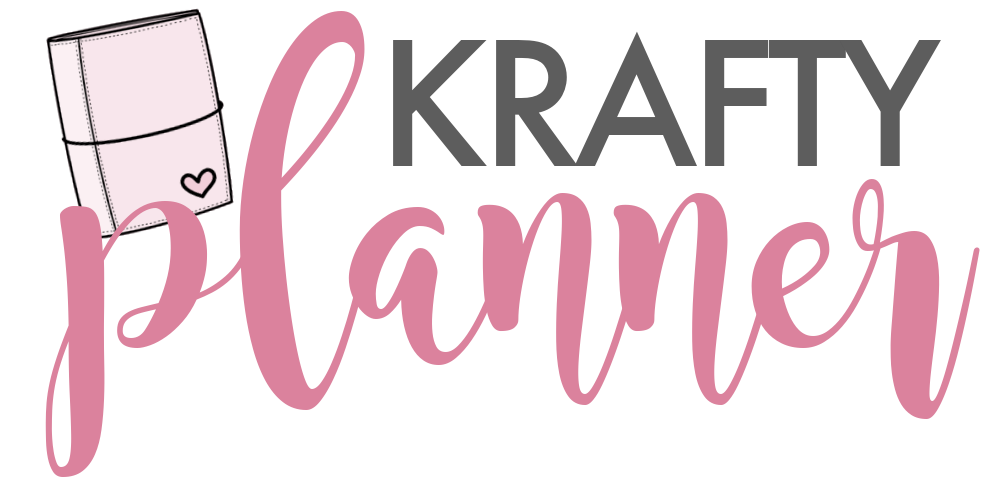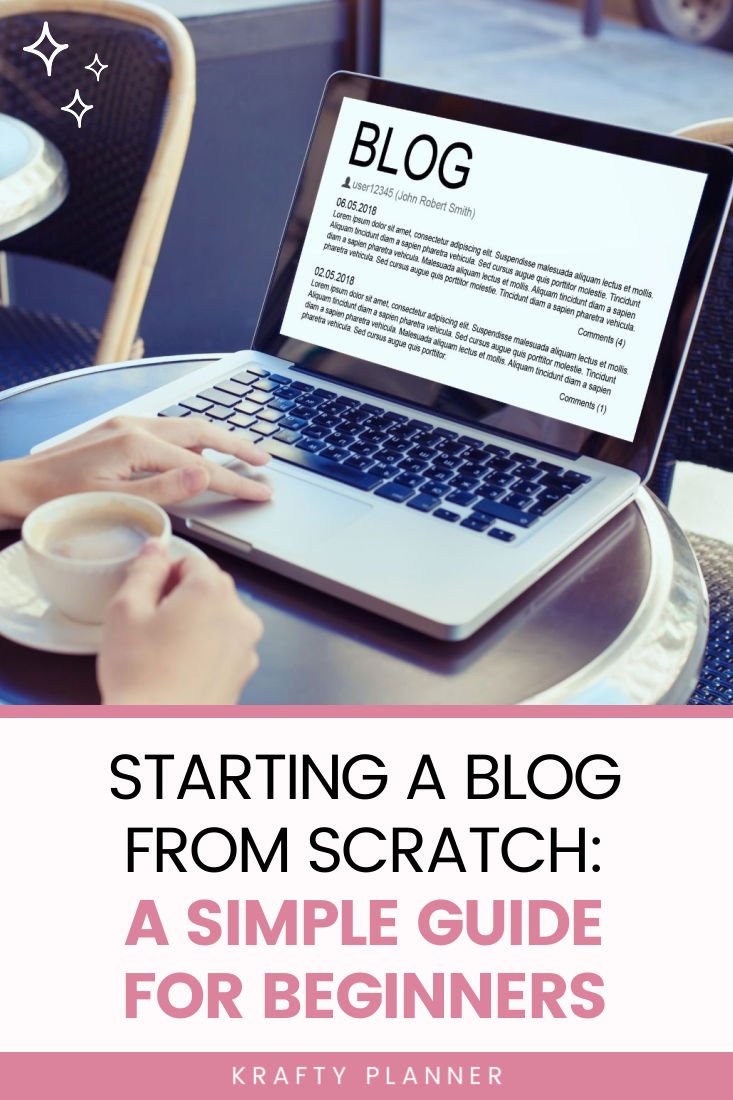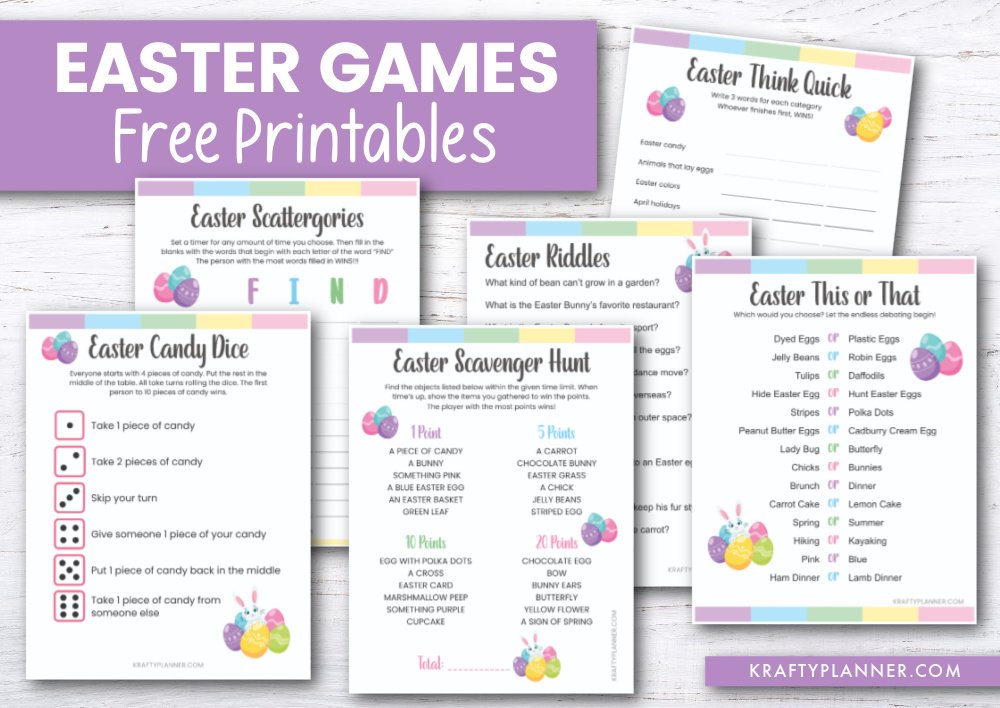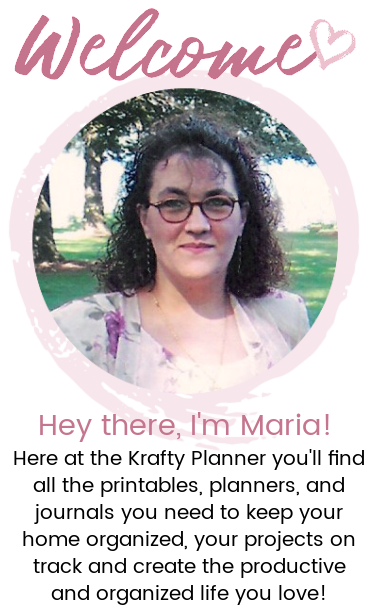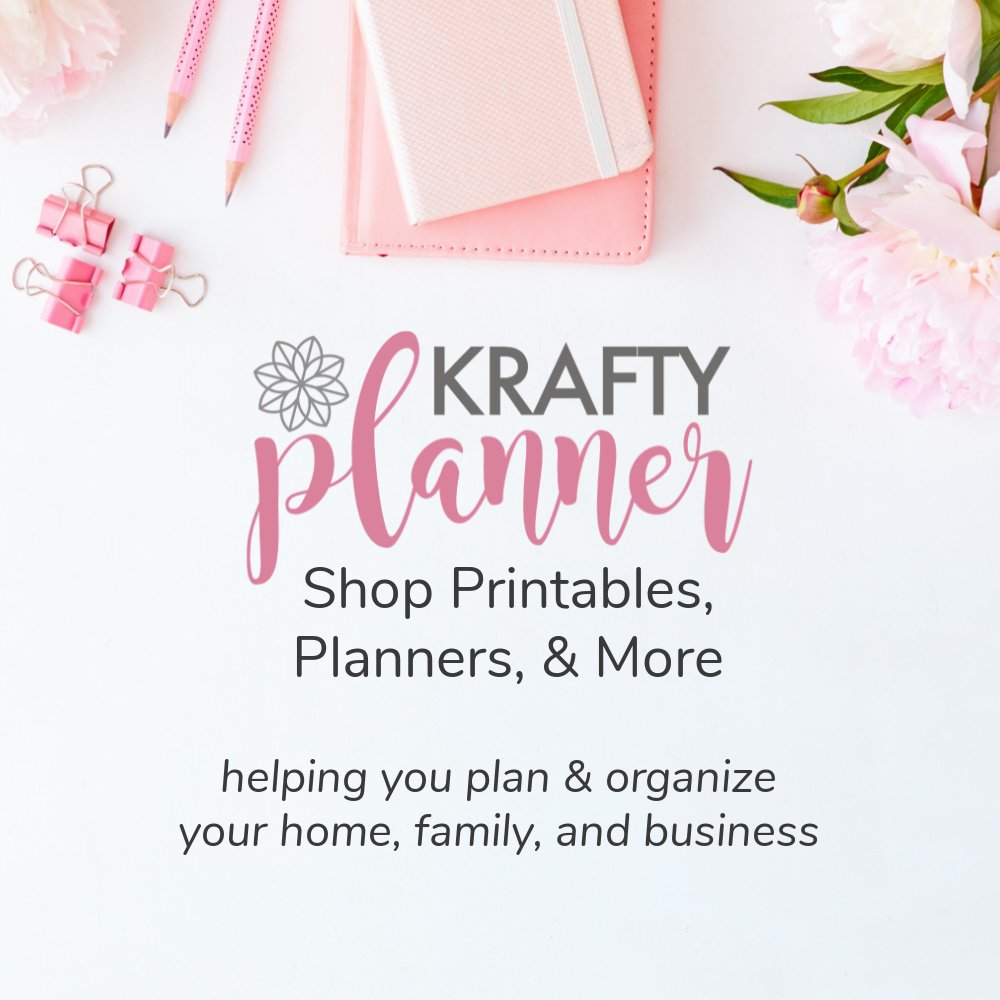Starting a Blog from Scratch: A Simple Guide for Beginners
Starting a blog is a little like opening a brand-new planner—exciting, full of possibilities, and maybe just a tiny bit overwhelming at first.
You have a fresh space to make your own, but where do you even begin? Should you pick a niche right away? Do you need a fancy website? And what if no one reads it? (Spoiler alert: Everyone starts with zero readers, so don’t worry!)
The good news is that blogging isn’t as complicated as it might seem. It’s all about sharing what you love, finding your voice, and building something that feels like you.
If you’ve been dreaming of starting a blog but feel stuck on the “how,” this guide will walk you through everything—step by step.
Pick a Topic, but Don’t Overthink It
One of the first things you’ll hear in the blogging world is: “Pick a niche!” And while that’s solid advice, it can also feel like a lot of pressure. What if you like a bunch of different things? What if you change your mind later?
Here’s the truth: You don’t need to lock yourself into a single topic right away. Some of the best bloggers evolve over time, and that’s perfectly okay.
Instead of stressing over the perfect niche, start with a general theme. Maybe you love journaling, productivity, or book reviews. Perhaps you’re obsessed with DIY projects, travel, or personal growth.
The key is to choose something that excites you—something you’d talk about even if no one was listening.
If you’re feeling stuck, think about what people always ask you for advice on. Do friends come to you for organizing tips? Are you constantly recommending new reads? That could be a great starting point! But remember, you can always pivot later, so don’t let this decision hold you back.
Choose a Blog Name and a Home for Your Blog
Now comes the fun (and slightly nerve-wracking) part—naming your blog. Your blog’s name is like its personality. It should be unique, easy to remember, and, ideally, not 27 words long.
Keep it short, catchy, and relevant to what you’re writing about. If you’re struggling to come up with something, try brainstorming words related to your topic and playing around with different combinations.
Once you’ve landed on a name you love, check if the domain is available (you can do this through sites like Namecheap or Google Domains). Nothing’s worse than falling in love with a name only to realize someone else already owns the domain!
While you’re at it, it’s also a good idea to check social media availability for your blog name on the platforms you plan to use.
Consistency across your blog and social accounts makes it easier for people to find and follow you. If your exact name isn’t available, try small variations—just make sure it still aligns with your brand.
Once everything checks out, go ahead and grab that domain before someone else does!
Finally, you’ll need to pick a blogging platform. There are several options out there, but the two best for beginners are WordPress.com and WordPress.org.
The first is great if you want something simple and free, but if you’re serious about blogging, I recommend WordPress.org with your own domain and hosting (through companies like SiteGround or Bluehost). This gives you more control, plus you actually own your content.
If you’d rather go the all-in-one, drag-and-drop route, Wix and Squarespace are also solid choices, though they can be a little pricier.
I personally use Squarespace for my blog, and I absolutely love how easy it is to set up and customize. Unlike other platforms that require a bunch of plug-ins just to make things work the way you want, Squarespace has everything built in—beautiful templates, blogging tools, and even e-commerce options if you ever want to sell products.
It’s user-friendly, visually stunning, and perfect for anyone who wants a professional-looking blog without dealing with a ton of tech headaches. If you’re looking for a simple, all-in-one platform to start your blog, Squarespace is definitely worth checking out!
Design Your Blog (But Don’t Get Stuck Here)
Now comes the fun part—designing your blog! This is where you bring your vision to life, choosing colors, fonts, and layouts that reflect your brand and personality.
But before you start tweaking every little detail, take a step back and create a mood board.
A mood board is a collection of images, colors, fonts, and design elements that capture the vibe you want your blog to have. You can make one on Pinterest, in Canva, or even on a physical board if you prefer a hands-on approach.
Gathering inspiration first helps you see the big picture and prevents you from getting lost in an endless loop of tiny design decisions.
Once you have a clear vision, choose a simple, clean blog theme that aligns with your style.
Many platforms like WordPress and Squarespace offer beautiful templates, so you don’t have to build anything from scratch.
Customize your colors and fonts based on your mood board, but don’t get too caught up in perfection—your blog’s design will evolve over time!
The most important thing is to start publishing and refine as you go.
Write Your First Blog Posts
Now that your blog is set up, it’s time to actually write! I know, I know—easier said than done. But don’t overcomplicate it. Your first few posts don’t have to be groundbreaking; they just need to get you in the habit of writing and publishing.
A great place to start is with an “About Me” post. This introduces you to your readers (even if it’s just your mom at first!) and explains what your blog is all about. Share a little about yourself, why you started blogging, and what people can expect from your content.
Keep it conversational, as if you’re talking to a friend.
You might also want to create a “Start Here” page, especially if your blog focuses on a specific topic like planning or productivity. This could be a simple guide that helps new readers navigate your content. From there, start writing posts that fit your niche—whether that’s tutorials, tips, personal experiences, or even lists of your favorite things.
When writing, remember a few key things:
Write like you talk. Your personality should shine through!
Keep paragraphs short. No one wants to read a wall of text.
Use headings and images to break things up. It makes your posts more readable.
Most importantly, hit publish. Your first post won’t be perfect, and that’s okay. The goal is to start!
Share Your Blog (Without Feeling Weird About It)
Once you’ve got a few posts up, it’s time to let the world know your blog exists. And yes, I know—this part can feel a little awkward. But if you want people to find your content, you have to put it out there!
Start by sharing on social media—Pinterest, Instagram, and Facebook are great places to promote blog posts. You can also join blogging communities and engage with other bloggers in your niche. The more you put your blog out there, the more readers you’ll attract!
And if shouting about your blog from the rooftops feels a little cringe-worthy at first? Just remind yourself that everyone starts somewhere.
Why You Need an Email List (and How to Start One!)
One of the smartest things you can do as a new blogger is start an email list right away. Social media algorithms change constantly, but your email list is yours to control—it’s like having a direct line to your readers!
Even if you don’t have anything to sell yet, an email list helps you build a loyal audience and keep them engaged.
You can use a free tool like Flodesk or MailerLite to get started, then create a simple opt-in form on your blog to collect emails. To encourage sign-ups, offer a freebie like a checklist, printable, or exclusive content.
Once you start growing your list, aim to send emails regularly (but not too often—no one likes spam!) with helpful tips, personal updates, or new blog post alerts. Over time, your email list can become one of your biggest assets for building a thriving blog and even making money through promotions, affiliate marketing, or digital products!
I use Flodesk, and I honestly can’t say enough good things about it! It’s incredibly easy to use, with beautifully designed templates and all the features I need—like countdown timers, image blocks, and even a built-in checkout option.
One of my favorite things? The pricing stays the same no matter how many subscribers I have, which is a game-changer compared to other platforms that get more expensive as your list grows.
If you want a simple yet powerful way to create stunning emails without the overwhelm, Flodesk is definitely worth checking out!
Keep Going (Even When It Feels Like No One Is Reading)
Here’s the thing about blogging—it’s a long game. At first, you might feel like you’re talking to an empty room, but every successful blogger started at zero. The key is to keep writing, keep sharing, and keep learning.
Over time, you’ll get better at writing, you’ll figure out what works, and most importantly, you’ll start building a community of readers who love what you have to say.
And remember, blogging should be fun! Don’t get caught up in perfection or comparison. Your blog is yours, and it’s meant to be a space where you can express yourself, help others, and maybe even build something amazing. So take a deep breath, start writing, and enjoy the process. You’ve got this!
Stay Organized with the Small Business Planner
Starting a blog is exciting, but keeping everything organized—from content ideas to branding details—can quickly become overwhelming.
That’s where my Small Business Planner comes in! Designed to help entrepreneurs and bloggers streamline their workflow, this planner includes sections for business goals, project planning, social media, monetization, and more.
Stay focused, productive, and on top of your blogging journey with a planner that keeps everything in one place. Ready to take your blog to the next level? Grab your copy today!
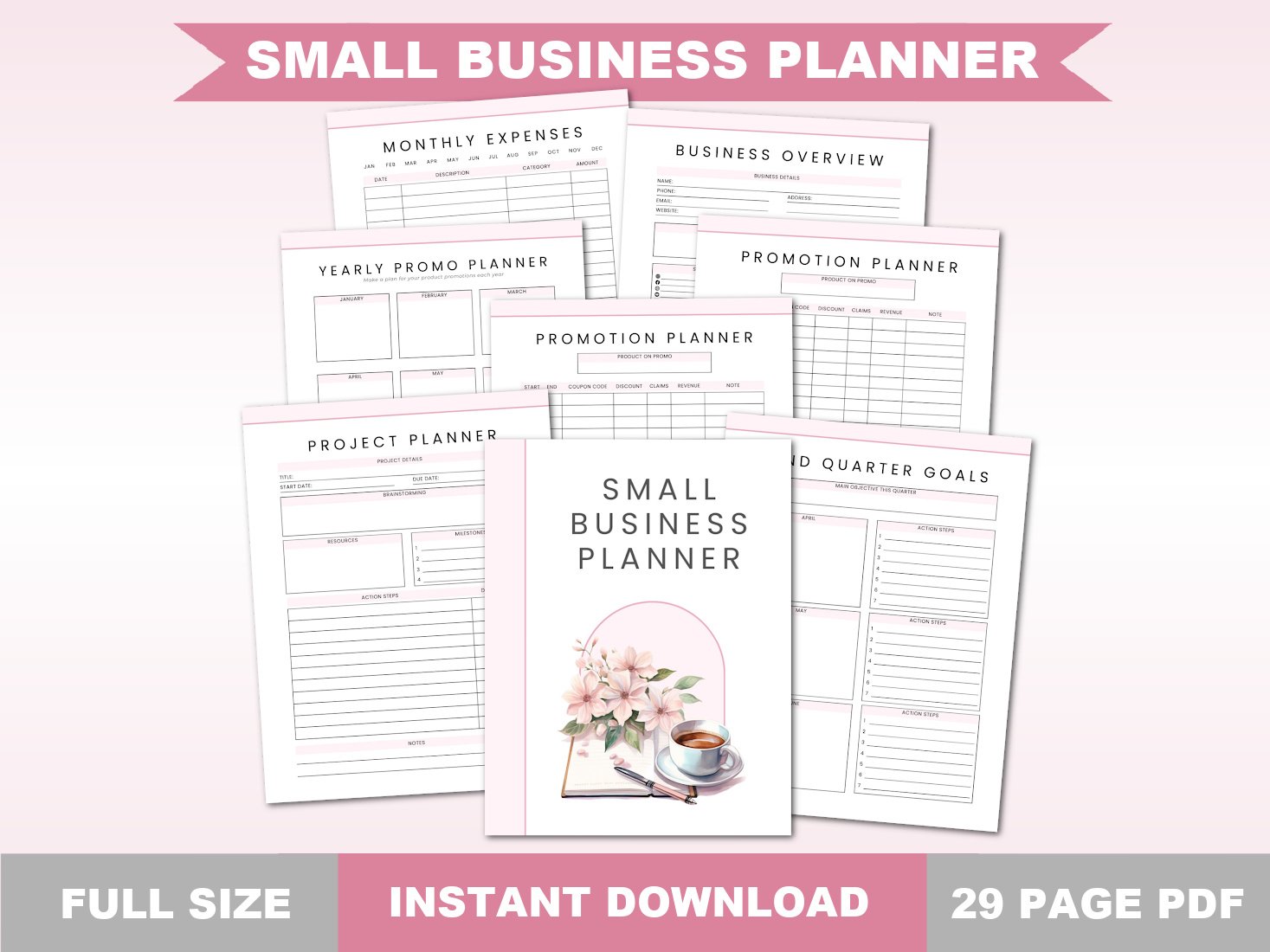
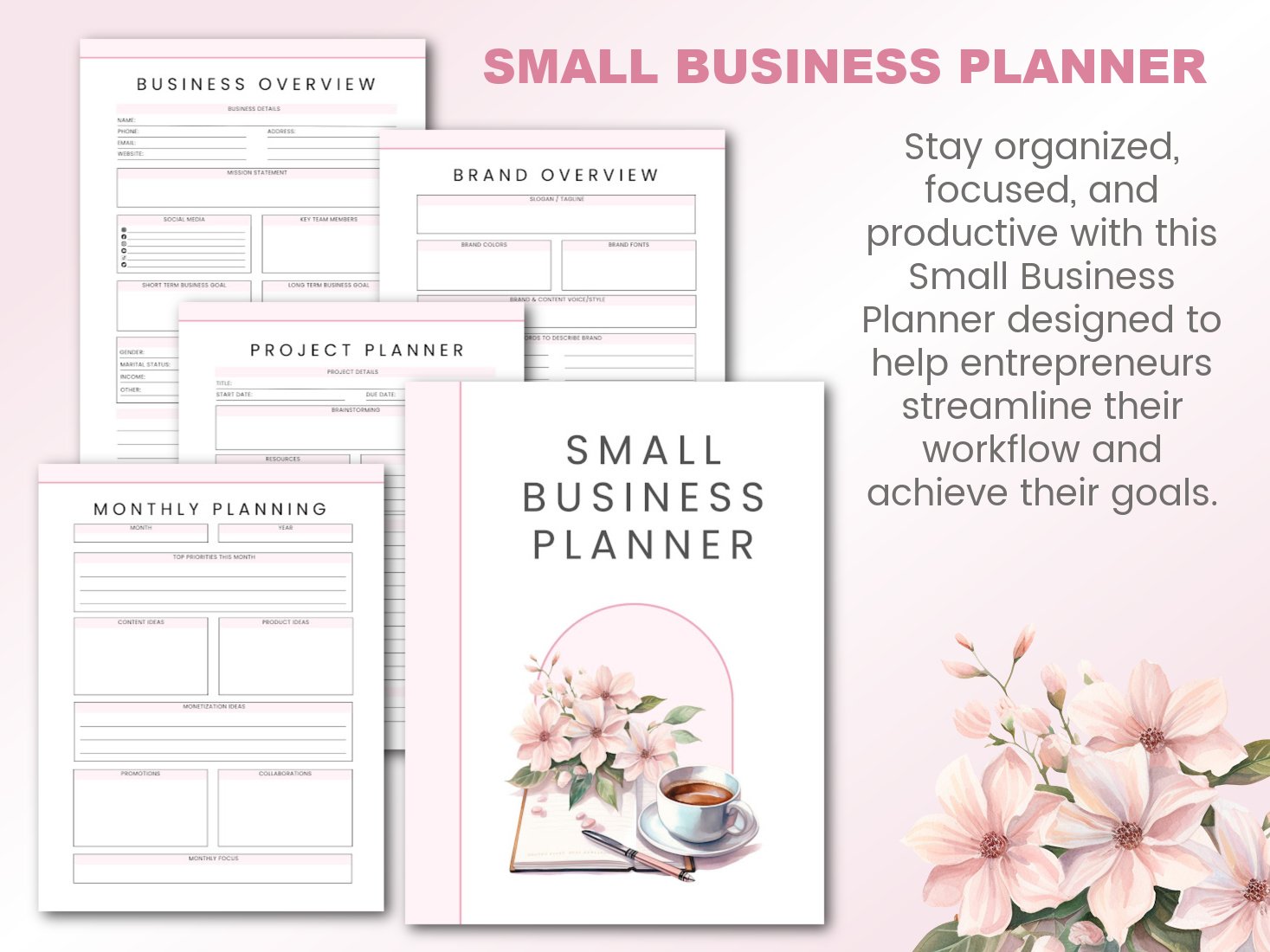
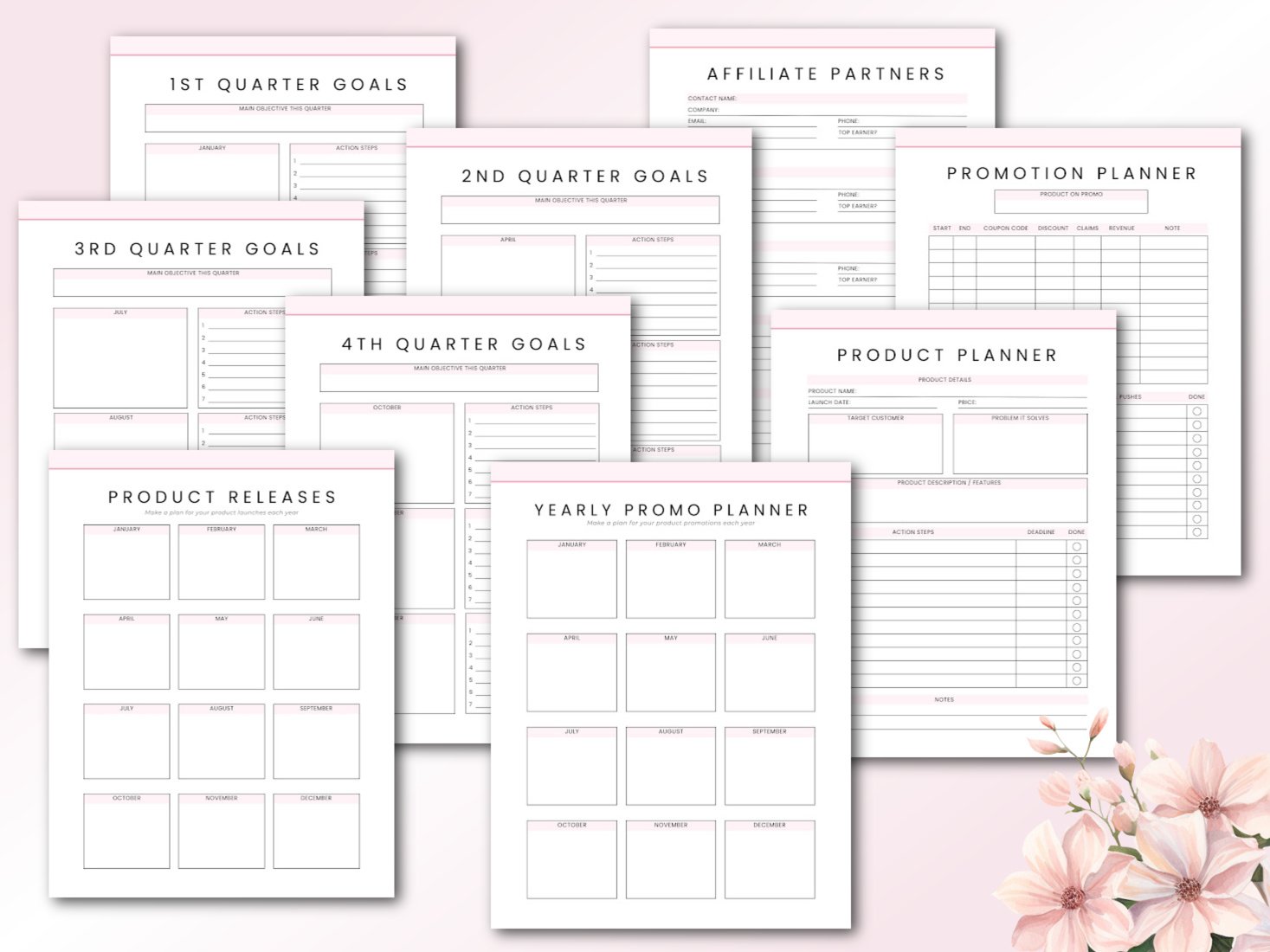
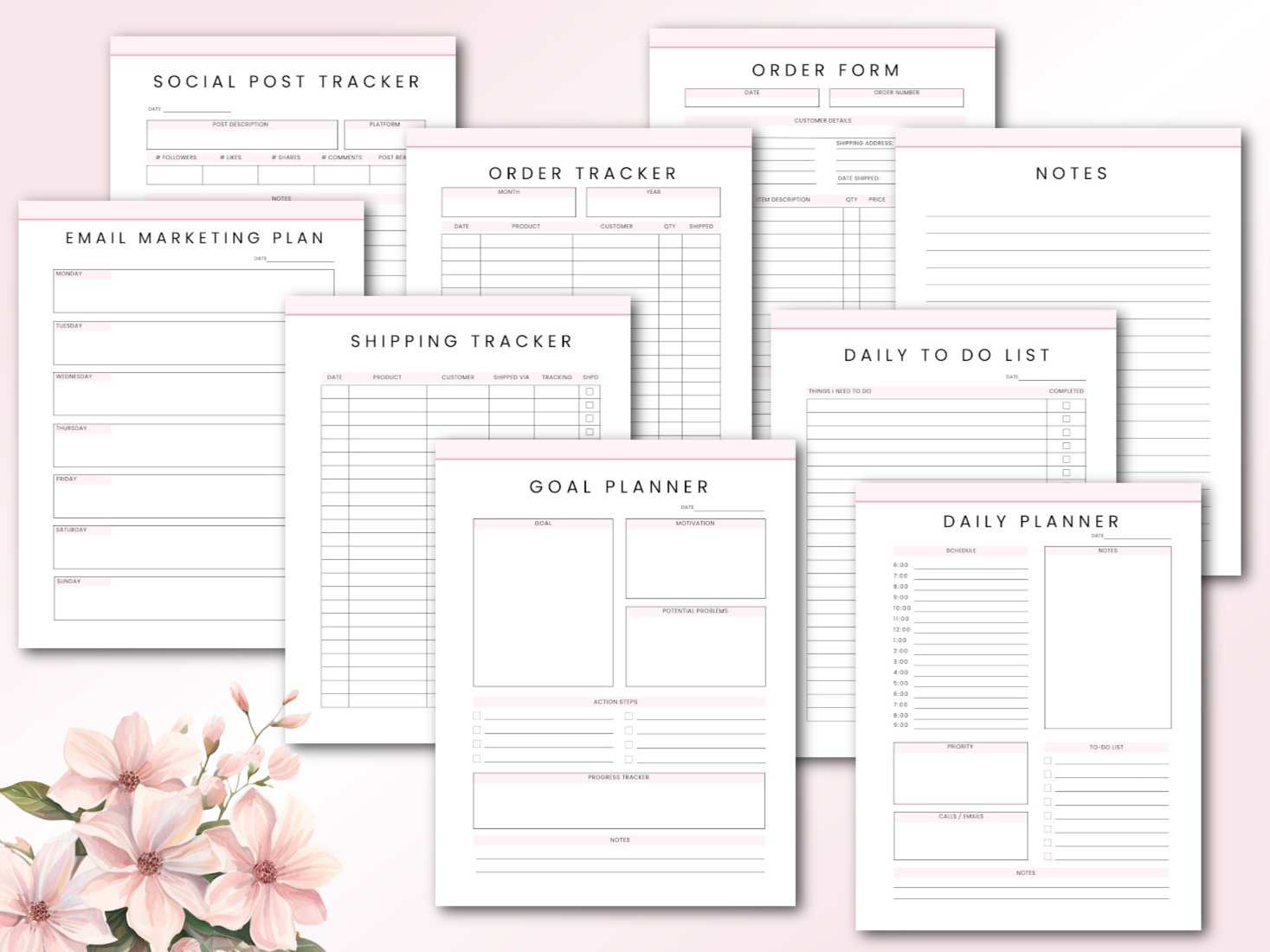
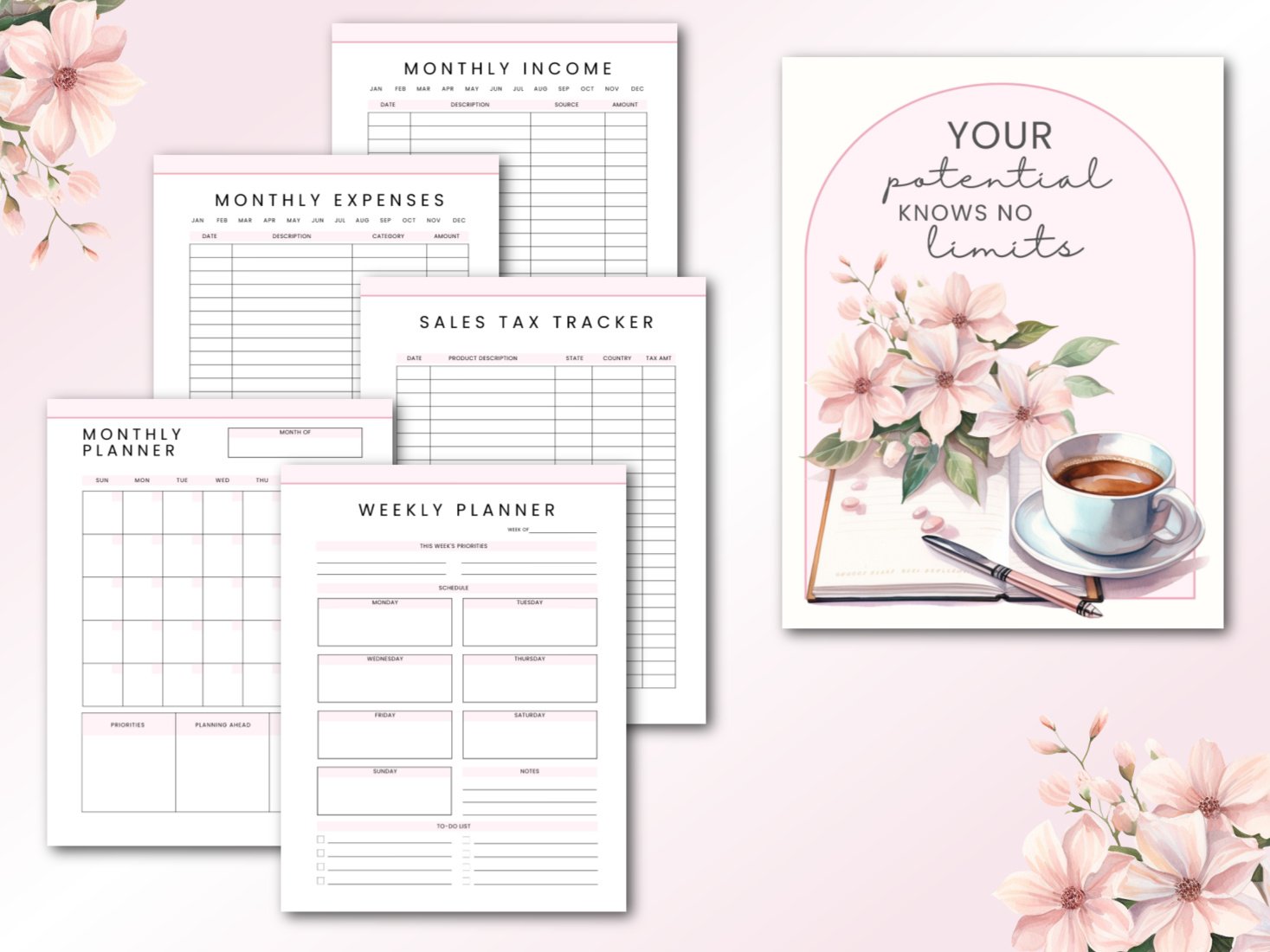
I've recently decided to open a GoImagine shop, giving you another way to shop for all your favorite planners! If you want to know why I made the switch, this post will explain everything.
While my Etsy shop is still open, I wanted to explore a new platform as Etsy has been going through some changes lately. GoImagine is a fantastic marketplace that supports handmade businesses, and I'm excited to be a part of it.
Right now, my GoImagine shop is brand new, so I only have a few listings available. However, I'll be adding more items over time until everything is available in both shops.
No matter which platform you choose, you'll find the same high-quality products—just with more flexibility to shop in the way that works best for you.
Thank you for your continued support, and I can’t wait to see you in both places! 😊
Ready to Start Your Blog? Let’s Do This!
Now that you know exactly how to get started, it’s time to take action. Have questions? Need a little encouragement? Drop a comment below—I’d love to cheer you on! 🎉
BEFORE YOU GO:
Here are a few more posts you might like:
See my Link Party Directory for a current list of blog parties I attend each week.
This post was featured on the following link parties, thank you for your support! 💖
FOR PERSONAL USE ONLY – Please Read Freebies Terms of Use.
(This post may contain affiliate links. For more information, see my disclosures here.)
~ SHARE THIS POST ~
Did you like this post? Do you know someone else who might enjoy it? Please take a minute to share it on Pinterest, Facebook, or your favorite social media… Thank you!
